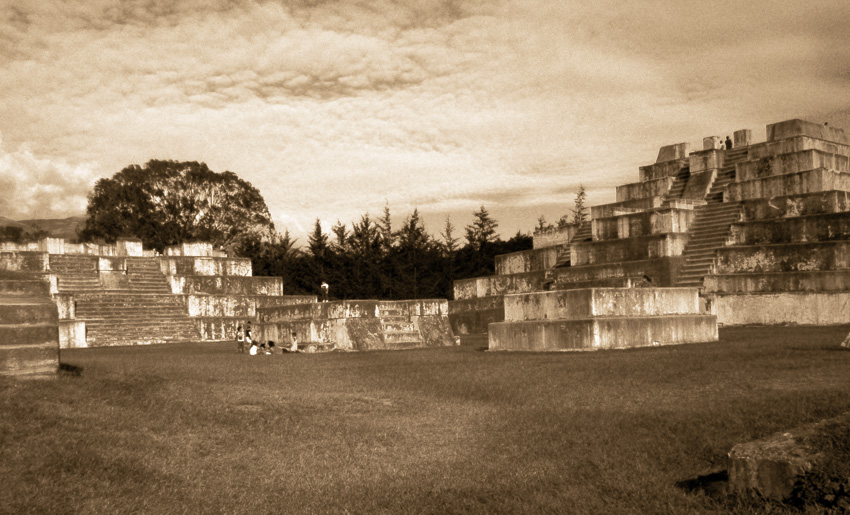By. Josué Morales
 |
| Guatemalan Coffee Profile Huehuetenango. |
 |
| Guatemalan Coffee Regions Huehuetenango. Images by Google. |
Early December, the drive to Huehuetenango feels wearisome and tired. Its a tough terrain to drive through, but worth it. "You must be early at the plantations and prepare to leave by two," is what the local guides recommend. "If you don't leave by 2.00 pm we better prepare you a place to stay, otherwise rain and mist won't let you out of the mountain."
Elevation is felt immediately as one reaches the City of Huehuetenango, which gives the Region and the Department in Guatemala, its name. Its an extremely high range of mountains that get nourished by the warm winds that blow from the vast Tehuantepec Plains in México; allowing for great coffee to be nurtured without frost at these elevated altitudes. Home of one of the main Kingdoms of the Ancient Mayan culture, archeological sites still remain to remind us of the great history and heritage of this place. Silver, lead, zinc. copper and gold may be found and excavated in Huehuetenango, but its real jewel and prized possession is the one found in its magnificent coffee.
Coffee has been produced in this region since the 19th Century, making it a refined process of quality, the one in which coffee is brought up to perfection. Some of the best coffee may be found in the enclosed valleys formed by the mountain ranges. Unique micro-climate variations help coffee to slowly develop into exotic flavors.
 |
| Guatemalan Coffee Regions. Mayan Ruins of Zaculeu in Huehuetenango. Photo by. Josué Morales |
Characterized by being strong and highly aromatic, coffee from this region can be very versatile. Demonstrating high chocolate flavor with pears, apple, and cinnamon complexions that are accompanied by a relatively delicate and smooth lightly syrupy body and a gently charred cedar that, with patience, rounds toward caramel. Clean, rich finish with marked changes as coffee harvested moves away from the Mexican border and into Guatemala.
 |
| Coffee farmer at Finca Huixoc in Huehuetenango. Photo by Josué Morales. |
























